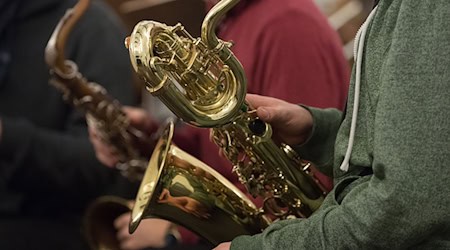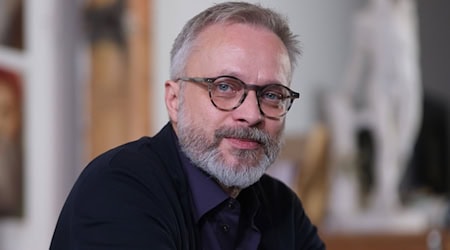Discontent over unequal wages and pensions, displeasure with "those up there," the high poll numbers for the AfD: "It's boiling in the country," notes future "Tagesthemen" anchor Jessy Wellmer at the beginning of her film "Listen to Us! We East Germans and the West." She takes this as an opportunity to explore the East German states. After all, "33 years after reunification, there's a surprising amount to talk about."
It's a kind of sequel to her reportage "Russia, Putin and We East Germans" from last year. Even then, the Güstrow-born journalist tried to pin down the special view of East Germans, then on the Ukraine war. Now it's about the new East-West debate, which has been spurred on above all by the Leipzig literature professor Dirk Oschmann with his bestseller "The East: A West German Invention". And around the question posed from often very large distance: What is there actually loses in the east?
Wellmer asks in addition a Lufthansa technician, who finds it unfair that he must work in the east for same wage per week 2.5 hours longer than the colleagues in the west. The ARD reporter meets soccer coach Steffen Baumgart in Cologne, who also had to contend with the cliché of the East German, but in the end says: "I'm definitely a winner out of the situation." Wellmer meets the Chemnitz band Blond as well as potential AfD voters in Seelow, Brandenburg.
The journalist explicitly appears as an East German and thus avoids the accusation: there again the West Germans come to the East to confirm their own prejudices. She can then also lightly reproach the bestselling author Oschmann for having written a "handbook of denial". When a young man from Seelow scolds migrants, she counters straightforwardly that this is already a "blatant generalization."
But the most interesting findings come from an Infratest Dimap survey conducted for the program. In it say to the question "How much have East and West grown together?" 33 years after German unification - in the East 35 percent of respondents strongly or very strongly, but 62 percent less strongly or not at all. In the West, the ratio is 40 percent to 56 percent. A majority in both cases are convinced: there is this gap.
Social scientist Daniel Kubiak concludes from the state of affairs that "cultural unification" may not have to be the goal at all, but perhaps first recognition for diversity. Wellmer himself concludes, "The East is home, hope, but also a task. We should accept it."
Copyright 2023, dpa (www.dpa.de). All rights reserved
.









